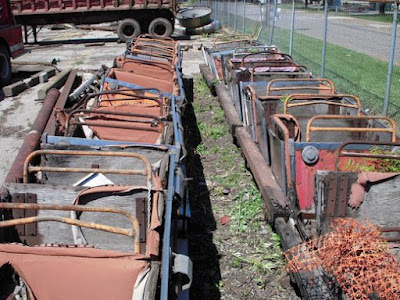NEW RELEASE YOUNG ADULT
FANTASY/ADVENTURE NOVEL
by
Elaine Ouston
G'day folks,
It's been a while since I have promoted another author, but today is the day. Elaine Ouston is a colleague and friend who has assisted me in my career as an author. Not only does she run a publishing and editing business, she also has written a heap of books. This is her latest release.
'RESTORING DESTINY'
What would you do if you were told your mother was to be executed on the next full moon, and you were the only one who could save her? That could be a hard thing to accept.
But that is the fate that is thrust upon the main characters in Elaine Ouston’s new young adult novel. Read more about Elaine and this exciting novel below.
WHO IS ELAINE OUSTON?
Elaine Ouston is a multi-published author, writing tutor and editor. Her books include picture books for young readers, chapter books, and novels for middle grade readers. She has recently added a young adult fantasy novel, Restoring Destiny to that list. Today we are going to learn about the book’s journey to publication.
SOME BACKGROUND ABOUT THE BOOK:
Synopsis: Restoring Destiny: a story of magic, deceit, teen romance, and a fight to save a life and right the wrongs of yesteryear. Rais and Kanda’s frustration at living in a cloistered world ends when the evil ruler’s troops come to capture them. They escape and are thrust into an unknown world, not knowing who to trust or where to go. All they know is they must find a man called Briador and be somewhere by the full moon, 14 suns away, to save a life that only they can save.
WHAT WAS YOUR INSPIRATION FOR THIS NOVEL?
In about 2005 I was in a workshop called The Hero’s Journey presented by Paul Collins. We had to plan a fantasy novel using the prompts he gave us. I set out the bones of this story there. But it sat for some time as other stories and life got in the way of developing it.
WHEN DID YOU FINALLY FINISH IT?
In 2008, when I started my study for a Master of Letters in Creative Writing, I pulled out the plan I had written in Paul’s workshop and developed it as the creative component of that degree. The first 30,000 words of Restoring Destiny were written for this purpose. My degree was completed in 2010. I was thrilled when I obtained a Distinction for the course.
My supervisor was a fantasy reader and remarked that my story was better than some of the published ones he read. On a high from that, I set out to finish the novel, but work and other stories got in the way.
I worked on it between jobs and other books and finished it early 2020. With the usual amount of editing and revising it was finally ready for publishing in December.
I sent it out for reviews and was excited to receive the following two reviews.
Review from Gayle Torrens – author
‘I recently got a copy of this book for my grandson, but I made the mistake of reading the first chapter to see if I thought he’d like it. That was it. The book never left my hands until I finished it.
‘This is a great fantasy story; well-written and saturated with enough excitement to keep the reader enthralled throughout.
‘The characters are beautifully developed, and I was drawn to them immediately. The male character, Rais, is brave, selfless, and ingenious and will appeal to the young male readers. His sister Kanda is loyal, feisty, and indomitable and I’m sure young female readers will quickly bond with her.
‘The plot is exciting and unpredictable and there are just enough teasers offered throughout the novel to keep the reader turning pages.
‘A great YA novel that would make a welcome gift for any young bookworm.’
Review from award winning author, Aleesah Darlison.
‘Impeccable from the first page, Restoring Destiny is a deftly written high fantasy adventure novel. The characters are strong, fierce, and relatable and the story is packed with action and surprises. Get set for a remarkable ride!’
Thanks, Clancy for inviting me to your blog. The book may not have hit the bookshops yet, but it is available from my website.
www.elainejouston.com or the publisher’s website www.morrispublishingaustralia.com and many online stores as a printed book or eBook.
Clancy's comment: Go, Elaine! I hope it's a big success. Don't be shy, folks. Grab a copy.
As always ... love ya work, Elaine!
I'm ...


























